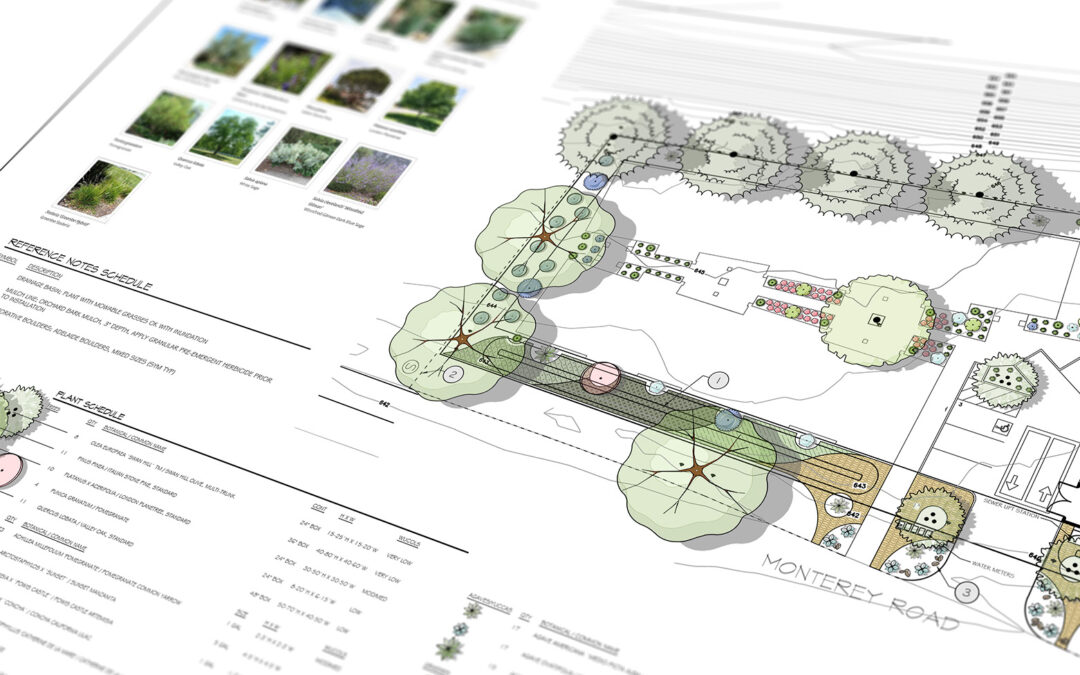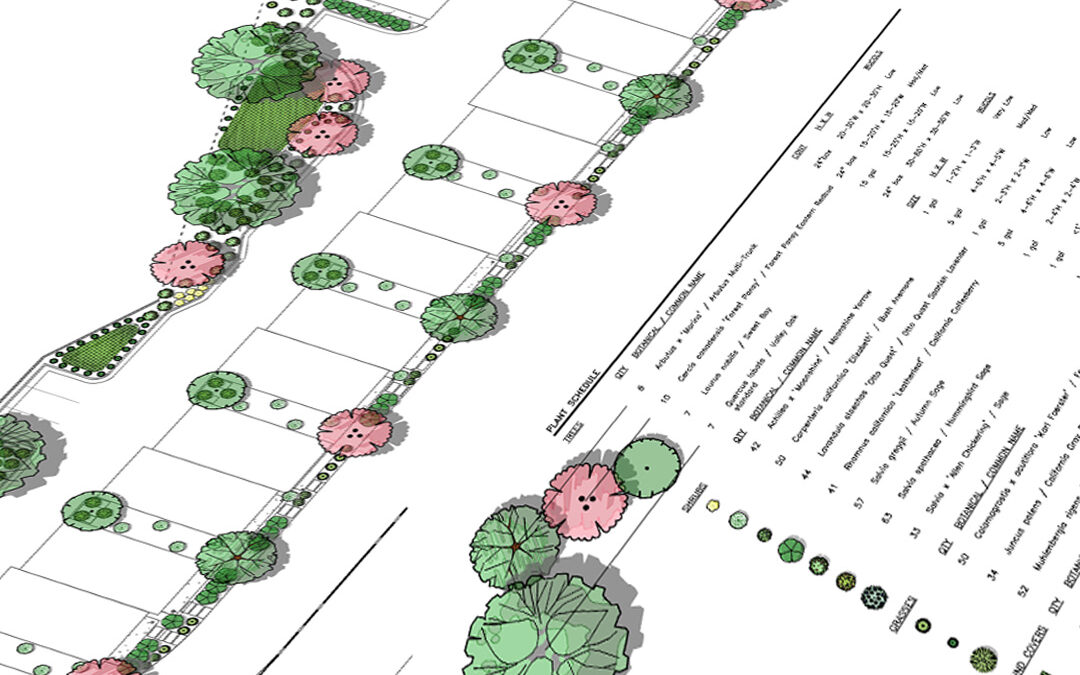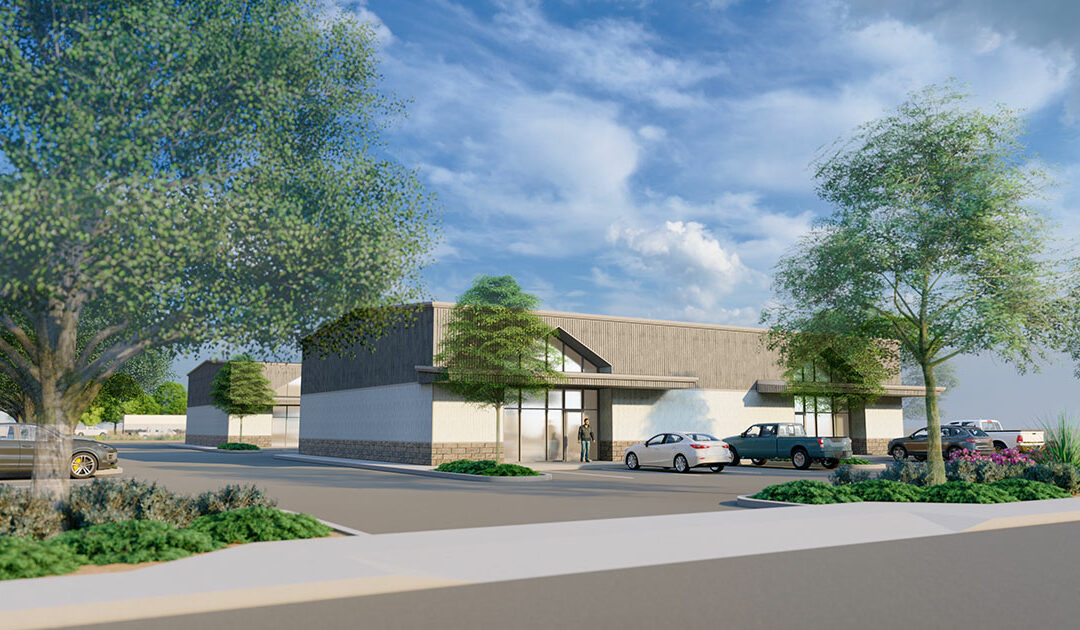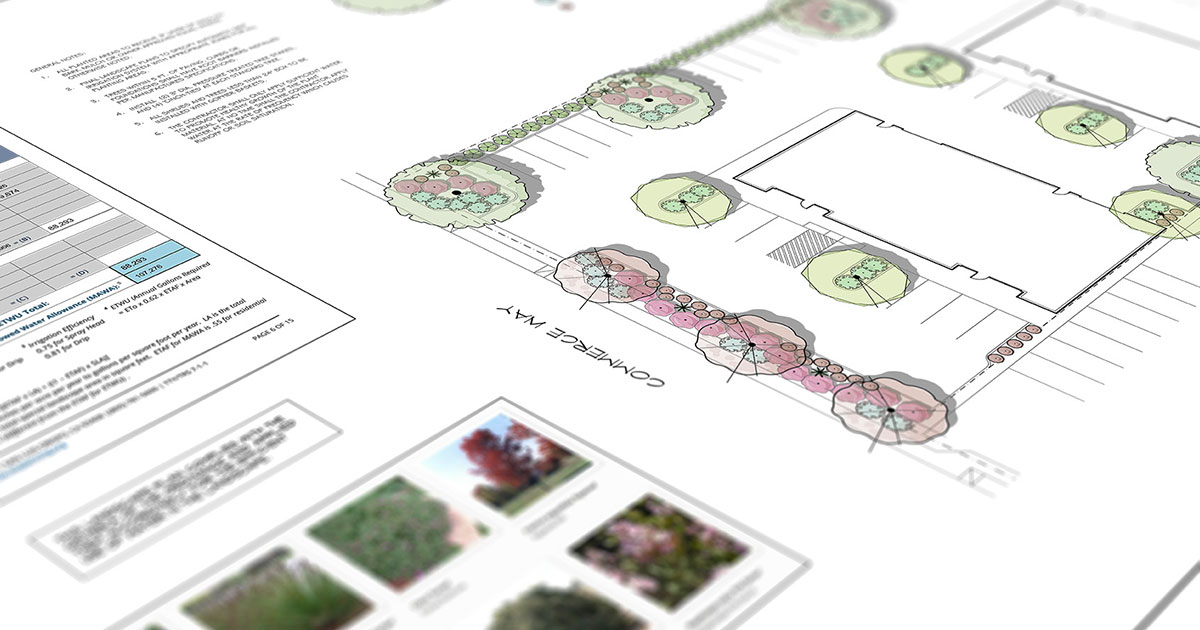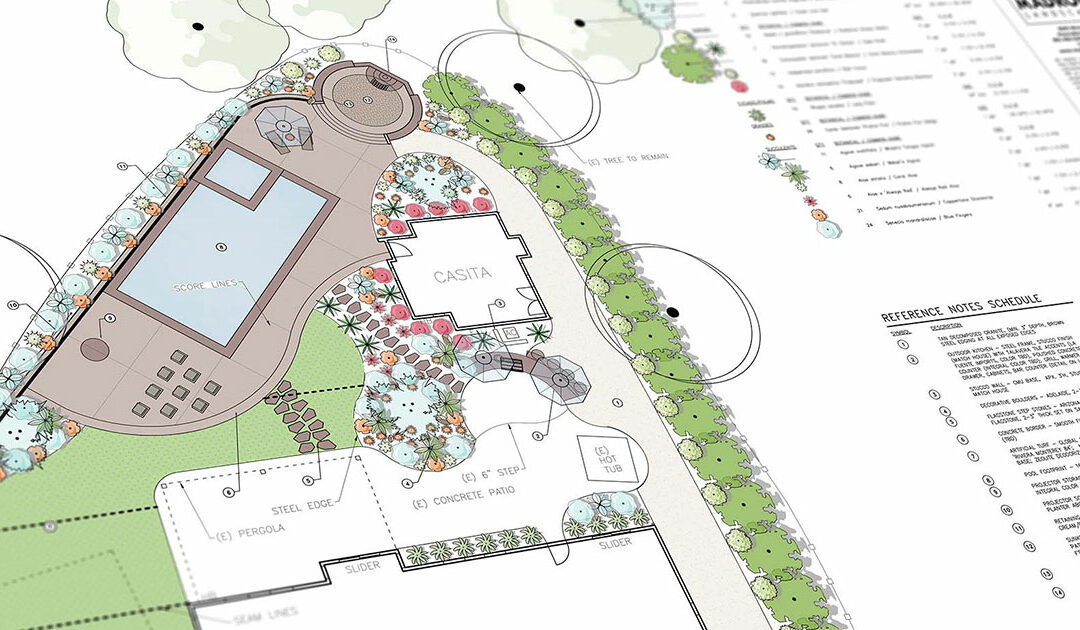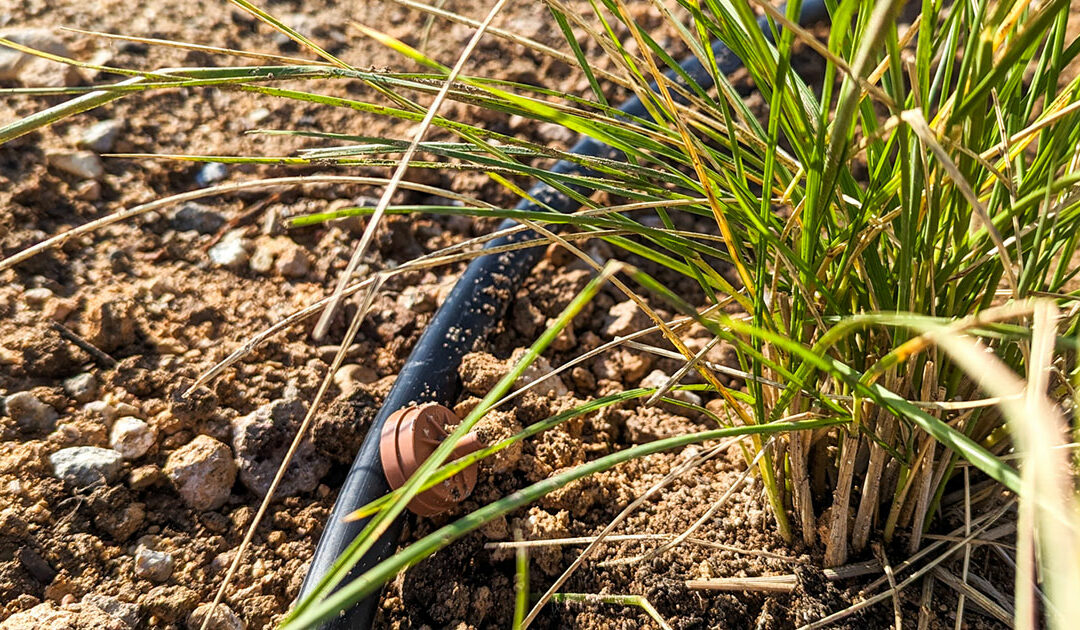
Fertigation: Fertilize and Irrigate in One Step
Set it, forget it. Give plants the nutrients without all the hassle.
Irrigation in California’s Central Coast is a crucial supplement to little rainfall. For plants and gardens that need more, applying controlled amounts of water also contributes to soil moisture from groundwater.
Fertilization, too, supplements its environment. Plants need a number of chemical elements to grow and thrive, from nitrogen to potassium. Fertilization can help otherwise struggling plants flourish by simply bringing the soil up to their needs.
Fertigation is the combination of both supplements, serving as a nutrient delivery system for landscapes. Fertilizer is delivered in the irrigated water and can use drip irrigation, spray nozzles, or heads.
How We Do It
Madrone Operations Manager Erik Gorham has provided fertigation services for almost a decade. He uses the EZ-FLO products to treat a wide variety of landscape issues. The process is as simple as our trained Madrone team installing a dispensing system in the valve box connected to the main line of a preexisting sprinkler system. “You really can forget about it, because part of our landscape maintenance program includes filling the unit with fertilizer every four to six weeks,” Erik shares.
We use Red Frog Compost Teas as part of our organic fertilizer program. The compost tea improves soil and plant health by improving nutrient availability and retention in the soil. “Biology feeds the plant,” explains Erik. “Typically, what plants need is in the soil. But if your soil is depleted, the worm castings offer an excellent soil amendment that is safe around children and pets.”
Savings on labor and energy costs can quickly offset the initial investment in a fertigation system. A homeowner who lives in an area affected by drought or water restrictions may prefer fertigation because they can better manage the nutrients and water supply going to their landscape—as well as increase water efficiency. It also gives them the ability to add nutrients directly into the root zone that may be otherwise difficult to access.
Erik sees it as an affordable investment to every landscape. “You chose your plants carefully. Help them mature more quickly and stay healthy by using this easy fertilizer system all year round.”
Learn more about our maintenance services. For more details, contact us at [email protected] or (805) 466-6263.

